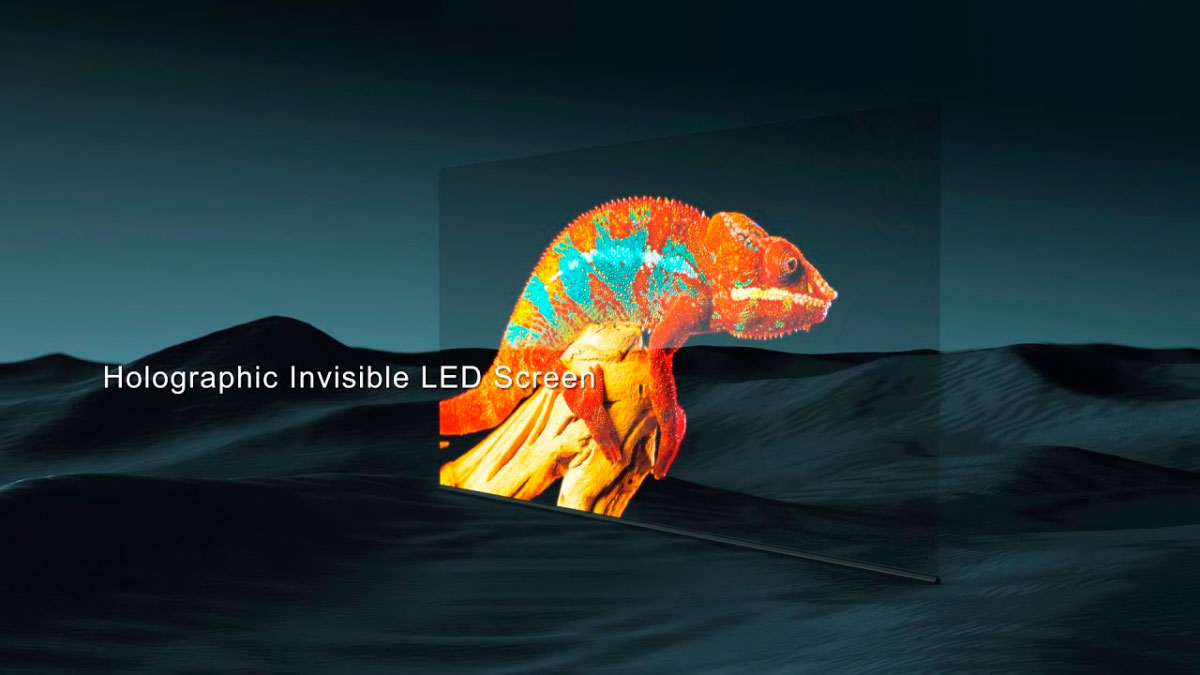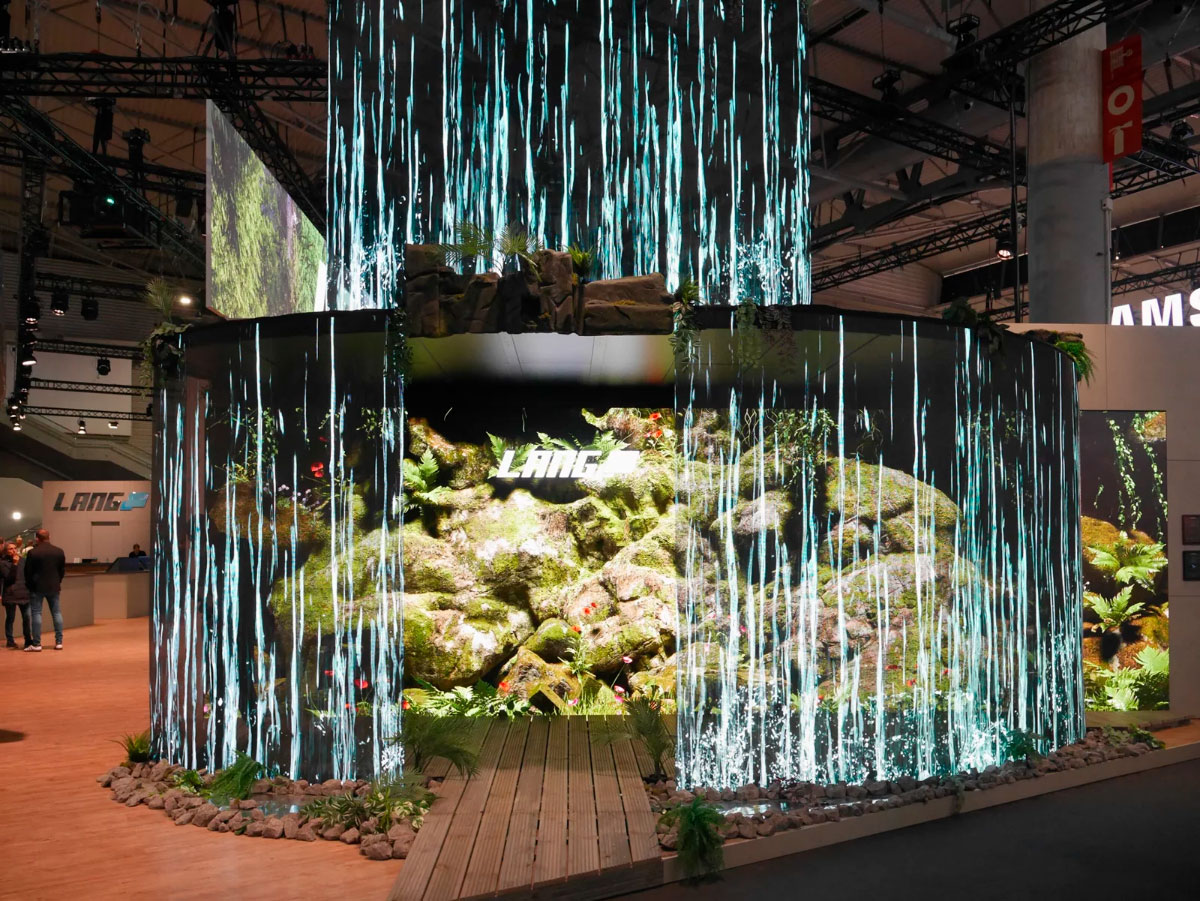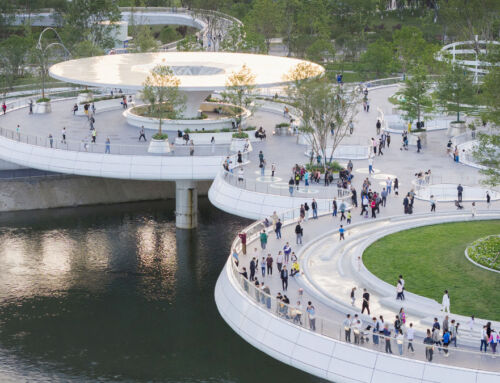There was a time when LEDs were little more than small lights in kitchen clocks. Today, these same technologies transform façades into dynamic canvases and interior spaces into immersive worlds. The journey began in the laboratories of the 1960s, where the first light-emitting diodes were barely enough to illuminate the numbers on an alarm clock. The transformation came three decades later.
Indeed, in the 1990s, engineers succeeded in taming the entire colour spectrum, giving birth to white and brightly coloured LEDs. This technological leap turned what were once static signs into the living screens that now crown global cities. Thanks to this breakthrough, places like Times Square or Piccadilly Circus were transformed into urban theatres, where brands present their light shows 24 hours a day, visible even under the sun.
The second major transformation came when LED panels became flexible and adopted the ability to bend. The breakthrough broke the geometric rigidity that constrained designers and limited their designs. Suddenly, columns, domes and organic surfaces could become LED screens. This flexibility opened the door to interactive advertising, where passers-by are no longer passive spectators, but participants in dialogue with luminous structures that respond to their presence.
However, LEDs have shown their true potential in creating atmospheres. Theme parks are leading the way, with LED panels as paintbrushes that paint alternative realities. And the current horizon is set by technologies such as the MUXWAVE Holographic Invisible Screen, presented at 2025 Integrated Systems Europe, Barcelona. These semi-transparent LED screens defy perception. They are structures that blur the line between the physical and the digital through optical illusions that previously existed only in science fiction.
While these visual wonders conquer our space, LEDs continue their silent evolution towards sustainability. New LED panels consume 60% less energy than they did a decade ago, with a thickness that rivals paper, and modular capabilities that allow for one-off repairs rather than complete replacements.
By Pablo Vidal, Senior Architect in Amusement Logic’s Architecture Dept.







